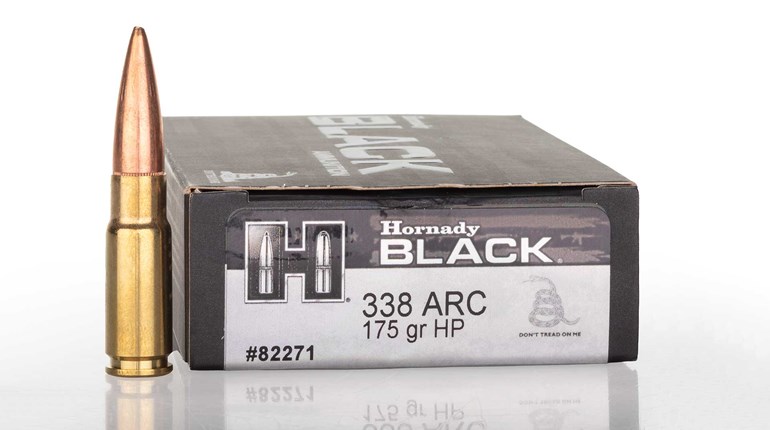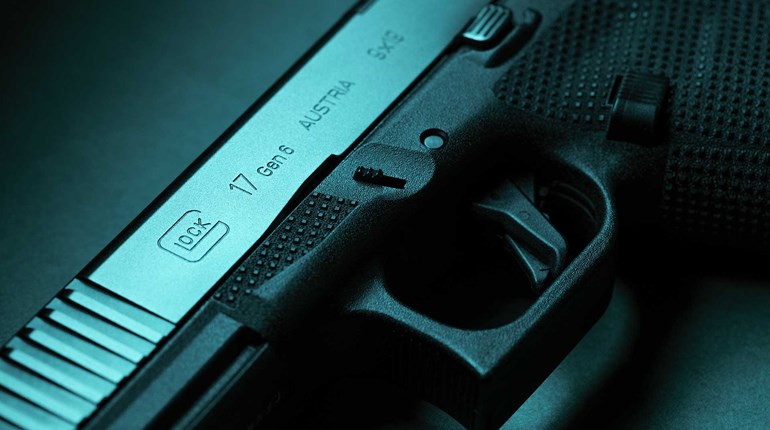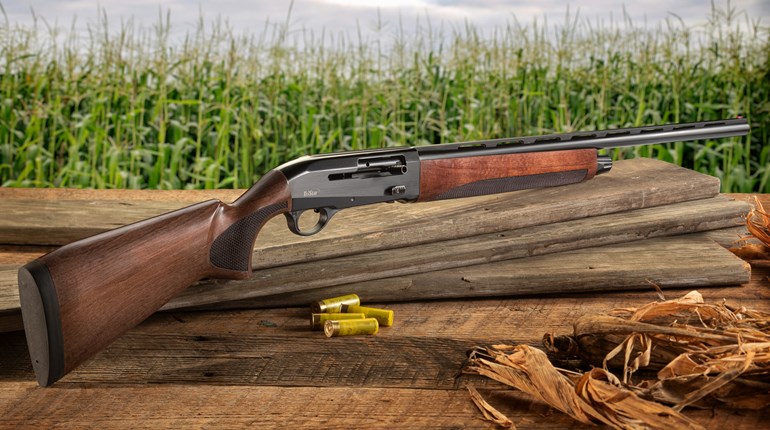
It’s unlikely you’ll find anyone singing the praises of a rimfire cartridge for self-defense. Rimfire cartridges are, at least when compared to traditional centerfire handgun cartridges, rather underwhelming. With rimfire cartridges bullets weights are light and the resulting energy on target is low. But, bullet weight and kinetic energy are not what make bad guys stop doing bad guy things.
In many cases, the mere presence of a handgun can be a deterrent. Pain is also a great mind incentive; it’s why a punch in the face has changed a lot of minds. And, well, no one wants to get shot with any kind of gun. While a bullet from a .22 LR may not hit as hard as one from a 9 mm Luger, the threat of getting shot or the fear of the pain caused by that possible shot can stop a fight.
As underpowered as rimfire cartridges are, in some instances and for some people, they might be a good option. Until my daughters were of the adequate size, one of our home defense guns was a lightweight Smith & Wesson M&P 15-22 because both of them were capable of wielding it with effectiveness. And keep in mind, potential threats are not necessarily always of the two-legged variety; twice we’ve had a rabid fox in our yard.
Also, there some elderly and physically disabled people that simply cannot handle the recoil of serious self-defense cartridges like 9 mm Luger. Sure, there are lesser options like the .25 and .32 ACP, but these cartridges are typically housed in mouse guns, with atrocious trigger pulls, that are difficult to manage. Rimfire revolvers and carbines are generally light and well adapted for just about any shooter to manage.
With sort of a totality of the circumstances approach, if a rimfire handgun or carbine seems like it might be the best self-defense option for you or a loved one, serious consideration should go into the ammunition it will be loaded with. This is true regardless whether you think the gun might have to be employed to stop a bad guy or a bad critter. Here are five of the best rimfire loads for self-defense.
CCI Velocitor .22 Long Rifle
This is a high performance 40-grain bullet load for the .22 Long Rifle. Out of a carbine like the Smith & Wesson M&P 22-15, this bullet will penetrate in excess of 14 inches and expand with a recovered diameter of about 0.34-inch. Out of a 4 or 5-inch barreled handgun you can expect about 12 inches of penetration with slightly less expansion, and out of a 2-inch barrel you may not see any expansion, but the bullet can push to a depth of 16 inches or more. The Velocitor is one of the hardest hitting .22 Long Rifle loads.
CCI Stinger .22 Long Rifle
This load is well known for the high velocity it delivers. Muzzle velocities will exceed 1,000 fps from a 2-inch barrel, 1,200 fps from a 4-inch barrel, and nearly reach 1,600 fps from a 16-inch barreled carbine. It is also one of the few rimfire loads that will expand regardless of the barrel length. In fact, the bullet will upset with a frontal diameter of as much as 0.36-inch when fired from a 2-inch barrel. While the Stinger load will out-expand the Velocitor load, it will not penetrate as deep. This is of course one of the rules of terminal performance, the more a bullet expands, the less it will penetrate. Still, regardless of the barrel length, you can expect between 8 and 10 inches of penetration from CCI’s Singer.
Winchester .22 Magnum Defender

Most .22 Magnum loads are designed for target shooting or hunting with rifles and the bullets will generally not expand when fired from short-barreled handguns. This has led to the introduction of defensive loads for the .22 Magnum, and the Winchester Defender load is one that will deliver decent terminal performance at handgun velocities. Depending on barrel length, the 40-grain bullet will penetrate between nine and 14 inches and expand as much as 0.32-inch. It performs best out of barrels that are 2 inches or longer. Originally, this load was packaged and marketed as the PDX1 Defender. It now has the new Defender packaging.
Hornady Critical Defense .22 Magnum
The primary advantage of the .22 Magnum over the .22 Long Rifle is velocity. This additional velocity makes it easier for bullet engineers to design projectiles that will expand at common impact velocities. This is the heaviest bullet load offered for the .22 Magnum and with barrel lengths between one and five inches you can expect bullet expansion of between 0.32 and 0.36 inch, with penetration ranging from 10 to 15 inches. If the low recoil of a compact rimfire revolver fits your needs for personal protection, one in .22 Magnum loaded with Hornady Critical Defense ammunition might be the best rimfire option.
Speer Gold Dot .22 Magnum
Like with the Hornady Critical Defense .22 Magnum load, this Speer load will also deliver reliable expansion regardless of barrel length. With a bullet weighing five grains less, velocity is slightly higher, and this helps the bullet to expand more. With a 1 to 5-inch barrel you can expect impact velocities of between 700 and 1,300 fps, with expansion ranging from 0.33-inch to a respectable 0.39 inch. Penetration is slightly less than the Hornady load but reasonably consistent ranging from between 10 to 13 inches.




































